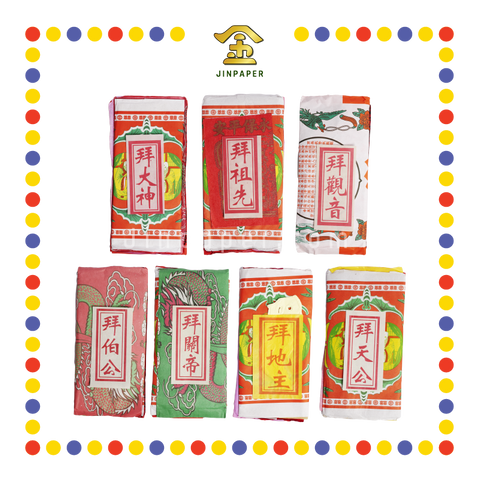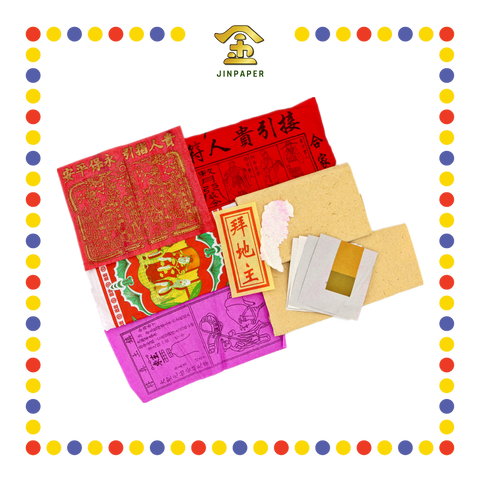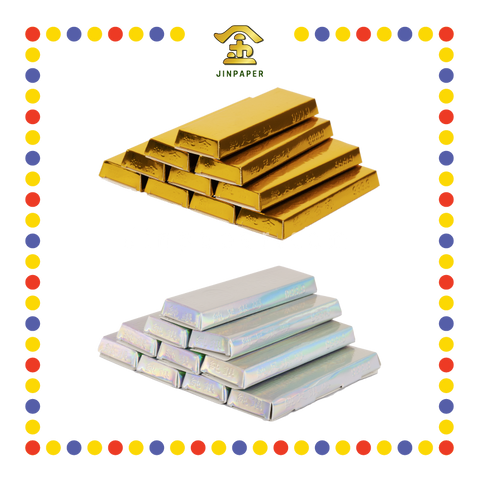Best Incense Joss Stick Maker and Supplier in Malaysia

Best Incense Joss Stick Maker and Supplier in Malaysia
The usage of incense is present in a great number of Asian cultures, serving a variety of purposes from aromatherapy, yoga and meditation, to repelling insects and cleansing the feng shui of your house. And perhaps most prominent of which in religious ceremony.
In Chinese religion, incense is commonly found in the form of joss sticks, and are used in rituals as a medium of prayer and respect to the transcendent. Materials may vary based on geographical location.
In Malaysia, joss sticks are typically made of coarse bamboo paper and come in various lengths and thickness, depending on the occasion. Generally, the regular thin sticks are suitable for everyday use, whereas the thicker ones are more often seen during special ceremonies, such as a memorial service. One may also find spiral sticks hanging from temple ceilings, as well as the lavishly designed dragon incense sticks during festive occasions.
History of The Oldest Joss Stick Maker in Malaysia, Lee Beng Chuan
The history of the joss stick in Malaysia in particular, is vividly expressed in the life story of the late Lee Beng Chuan, one of the world’s oldest joss stick makers before his passing in 2020. Lee, age 93 before his death, started out selling joss sticks at the young age of 12. Interestingly enough, his father was also in the trade before passing on in 1935, when Lee was age 7.

Lee Beng Chuan, the oldest joss stick maker in Malaysia. Source: Malay Mail
Lee began making his own joss sticks in his twenties, but as he was unable to get himself apprenticed to a master maker, he took to learning through observation. Eventually, he moved on to crafting dragon joss sticks, as they were more profitable. He would buy the incense from other sellers and disassemble them in his effort to grasp the craftsmanship behind it.
Nothing came easy for Lee, and much like how his relatively unassuming joss stick shop of 70 years still stands amongst the bustling streets of Georgetown, his legacy is succeeded by his son, Lee Chin Poh, and the countless lives he’s touched over the years.
Why use Incense Sticks?
As previously mentioned, joss sticks can be used in a number of ways. In Chinese tradition, joss sticks can be used as a medium for prayer to deities or ancestors. There are also some who adopt certain folk customs for employing joss sticks, such as for good luck before launching a new business, leaving for/coming back from a long trip overseas, after a tragic life event, and many others.
They are also used in feng shui, as it is believed that the smoke helps to clear the negative energy of a person’s house. Advances in medicine also see the growing usage of joss sticks in aromatherapy as well as traditional Chinese medicine.
Types of Incense Sticks
Incense sticks come in many shapes and sizes. Here are some of the types of joss sticks you’ll find:
Chinese Incense sticks/ Joss sticks

Chinese incense sticks smoldering on a burner. Source: JinPaper
Traditionally made from sandalwood and agarwood, the Chinese praying stick is commonly constructed in the form of long, thin sticks, sometimes with a bamboo core.
- Thicker sticks like the ones here are used for special occasions such as Chinese New Year or Ghost Festival.
- Commonly used in prayer to deities, ancestors, and departed loved ones.
Dragon Incense stick (Dragon Joss stick)

Big dragon joss stick. Source: JinPaper
Giant incense sticks that often consist of a blend of aromatic agarwood and sawdust from certain hardwoods, these are typically adorned with the intricate depiction of a coiling dragon.
- Commonly found in Singapore, Malaysia and Taiwan
- Only lit outdoors due to the amount of heat and smoke
- Primarily used during festive celebrations
Japanese incense

Stacks of incense at a temple in Japan.. Source: JinPaper
Mainly composed of agarwood and sandalwood, and is mixed together with an almost odourless binding agent called Makko.
- Rhubarb, safflower, cinnamon barks are among some of the other materials that can go into a japanese incense
- Outside of religion, it is often used in Kodo, the art of incense appreciation
Smokeless joss sticks

Smokeless joss sticks available in China. Source: JinPaper
An alternative to conventional Chinese praying joss sticks, these are made from a blend of wood pastes with relatively lower pollutant emission rates.
- Commonly made from Chinese sandalwood due to its low concentration of toxic pollutants
- Generates very little smoke
Outside of the common incense stick options, there’s also the agarwood incense, sandalwood incense, as well as the rosemary incense sticks. Each of these generate a unique burn and scent, and are used for various purposes outside of prayer.
Types of Incense Burner
Another component in Asian folk rituals when it comes to the burning of joss sticks is the censer, or the incense burner, which serves as the vessel holding the joss stick in place as it burns. Designs generally vary depending on culture. Here are some types you might commonly find:
Chinese joss stick burners

Incense burner of the Wenchang Temple in Yilan County, Taiwan. Source: Wikipedia
Traditionally made from bronze, the Chinese incense burner comes in many shapes and sizes.
- Designs include the hill censer — which exudes smoke in a way that emulates the clouds surrounding a sacred mountain — as well as those involving depictions of dragons or phoenixes
- Larger burners are often found in the middle of Buddist temples and courtyards
Japanese Koro (Japanese incense burner)

Japanese Bronze Koro. Source: JinPaper
A vessel sometimes used in Japanese tea ceremonies, the koro can be made from materials ranging from porcelain, lacquer or bronze, among other ingredients.
- Primarily used during the appraisal games of kumiko and genjiko, where incense is compared and participants are asked to list down the materials used for combustion
- In Japanese Buddhist sects, the egoro — a brass censer with a long handle — is used instead
Conclusion
Sure enough, the manufacture and applications of joss stick Malaysia (and burners!) are steeped in tradition and history. We hope that this list has helped you in identifying the types of praying sticks out there and the purposes each of them serve.
If you’re keen on procuring the highest quality incense stick Malaysia has to offer, make sure to check out some of the selections we have here at JinPaper! Lastly, if we’ve missed anything that you think is worth featuring or highlighting, let us know in the comments below!
























